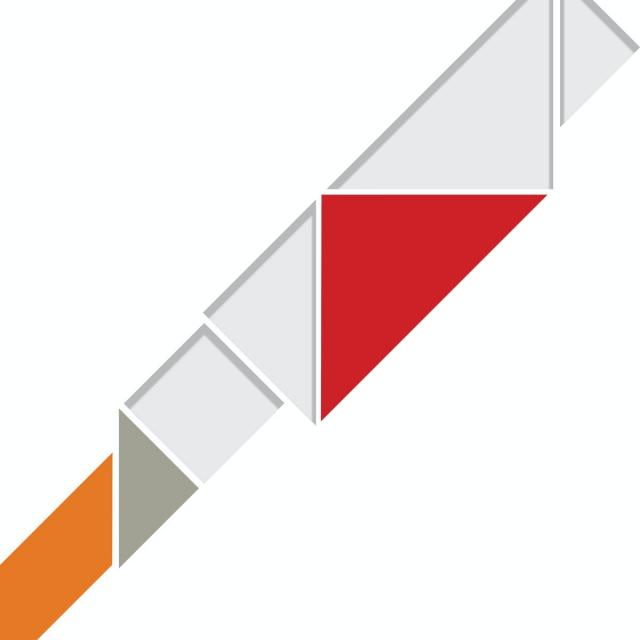MOOC List is learner-supported. When you buy through links on our site, we may earn an affiliate commission.

MOOC List is learner-supported. When you buy through links on our site, we may earn an affiliate commission.
In the latter half of this course we will conclude our review of key asset categories by looking at both tangible and intangible long-lived assets that are so vital to the production of goods and services. This will entail discussion of both acquisition and disposition of property, plant and equipment as well as cost allocation. Next, we will discuss possible impairment of these assets as well as the proper treatment of expenditures made after acquisition. Lastly, we will review how to identify and account for Investments.
**NOTE: You should complete the Accounting Analysis I: The Role of Accounting as an Information System course or be familiar with the concepts taught there before beginning this course.**
This course is the second course in a five-course Financial Reporting Specialization that covers the collection, processing, and communication of accounting information (via financial reports) about economic entities to interested parties (i.e., managers and external stakeholders such as stockholders and creditors). To gain the most relevant knowledge from these courses, learners should have taken a basic accounting course prior to this Specialization (which can be done through Coursera courses, such as any accounting course from the: Fundamentals of Accounting Specialization). This Specialization focuses on accounting concepts, principles and theory with an emphasis on problems that arise in applying these concepts for external reporting purposes. Specific emphasis is placed on measurement of assets, liabilities, equities and income, as well as disclosure of additional information that may assist users understand the financial reports. This Specialization focuses on accounting concepts, principles and theory with an emphasis on problems that arise in applying these concepts for external reporting purposes. Specific emphasis is placed on measurement of assets, liabilities, equities and income, as well as disclosure of additional information that may assist users understand the financial reports.
The University of Illinois at Urbana-Champaign, consistently ranked as one of the nation's top three accounting programs, now offers a master’s in accounting at a very affordable tuition rate and is completely online. The iMSA is a full Master of Accountancy program and students graduate with an MS that is highly recognized. Try an open course or two, then apply for admission into the credit-bearing version as you may be eligible to take credit-bearing courses during the application process. If you are missing any prerequisites for the full degree, you can complete
Course 2 of 5 in the Financial Reporting Specialization.
Syllabus
WEEK 1
Course Orientation
You will become familiar with the course, your classmates, and our learning environment. The orientation will also help you obtain the technical skills required for the course.
Cash & Accounts Receivable
We will learn about internal controls, including rank reconciliations, as well as restrictions over cash. Next, we will introduce the two approaches to estimating bad debt expense related to accounts receivable. Lastly, we will discuss notes receivable and various methods of financing with receivables.
WEEK 2
Module 2: Inventory - Measurement
We will learn about the types of inventory systems, as well as the costs that should be included in inventory. Next, we will understand the various inventory costing methods, as well as key factors on choice of these methods. Lastly, we will discuss inventory ratio analysis, as well as methods of simplifying LIFO.
WEEK 3
Module 3: Inventory - Additional Issues
We will learn about the subsequent measures of inventory such as LCNRV. Next, we will understand the various inventory estimation methods when we are unable to take a physical count. Then, we will discuss the various types of inventory cost flow methods. Lastly, we will discuss how to handle changes in inventory methods as well as inventory errors.
WEEK 4
Module 4: PP&E - Acquisition & Disposition
We will learn about the types of long-lived assets, as well as the basic costs to be capitalized. Next, we will understand the various complex issues of determining capitalized costs as well as discuss asset dispositions and exchanges. Lastly, we will learn about the costs associated with self-constructed assets.
WEEK 5
Module 5: PP&E - Utilization & Impairment
We will learn about the various cost allocation methods, as well as key factors on the decision makers’ perspective on selecting a depreciation method. Next, we will understand depletion of natural resources and amortization of intangible assets. Lastly, we will discuss how to account for expenditures after asset acquisition.
WEEK 6
Module 6: Issues of Long-Lived Assets
We will discuss capital budgeting and ratio analysis. Next, we will discuss the various types of intangible assets. Lastly, we will discuss asset impairment and measurement issues.
WEEK 7
Module 7: Investments
We will learn about the various types of investments based on the level of investor influence. Next, we will understand the accounting for the three types of securities when the investor lacks significant influence. Then, we will determine when the equity method is used for securities where the investor has significant influence. Lastly, we will discuss fair value adjustments for investments.
WEEK 8
Module 8: Course Wrap-Up & Case Study
You will work on a case study that will serve as a cumulative recap of all of the concepts that you have learned throughout this course. The case study will involve a detailed analysis of a publicly held Fortune 500 company in which you will analyze the Annual Report or 10K Report.
MOOC List is learner-supported. When you buy through links on our site, we may earn an affiliate commission.
MOOC List is learner-supported. When you buy through links on our site, we may earn an affiliate commission.
